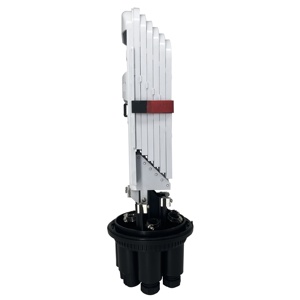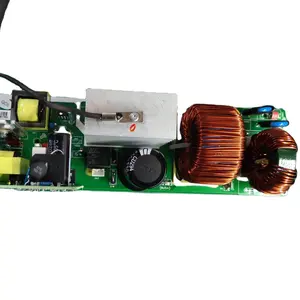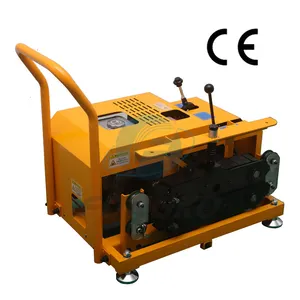Popular in your industry
































































Related Searches:
































































































































Top categories
About 96 core cable joint closure
Introduction to 96 Core Cable Joint Closure
The 96 core cable joint closure is a pivotal component in the realm of fiber optic equipment, designed to safeguard fiber optic splices from environmental factors. This product category serves as a protective enclosure, ensuring the integrity and longevity of cable connections.
Types and Applications
Diverse types of fiber optic splice closures cater to various applications. The 96 core capacity is commonly utilized in telecommunications, offering a secure method for cable management in both aerial and underground installations. These closures are integral in maintaining consistent data transmission by protecting the delicate fiber optic splices within.
Features and Materials
The construction of a fiber optic joint closure typically involves robust materials like high-impact plastic, ensuring durability and resistance to harsh environmental conditions. Features may include moisture and dust resistance, often rated with an IP code, which signifies the enclosure's ingress protection level.
Advantages of Using a 96 Core Cable Joint Closure
Employing a 96 core fiber optic closure in network infrastructure brings several advantages. It provides a centralized point for fiber optic cables, allowing for easier management and maintenance. The design of these closures facilitates scalability, accommodating future network expansions.
Selection Considerations
When selecting a fiber optic cable joint closure, it is crucial to consider factors such as the environment of installation, the type of fiber optic cables used, and the specific requirements of the network system. These factors ensure the chosen closure meets the necessary specifications for optimal performance.
Conclusion
In conclusion, the 96 core cable joint closure is an essential component for any fiber optic network, providing a secure and reliable method for protecting splices. Its significance in ensuring the longevity and efficiency of communication networks cannot be overstated.






































































